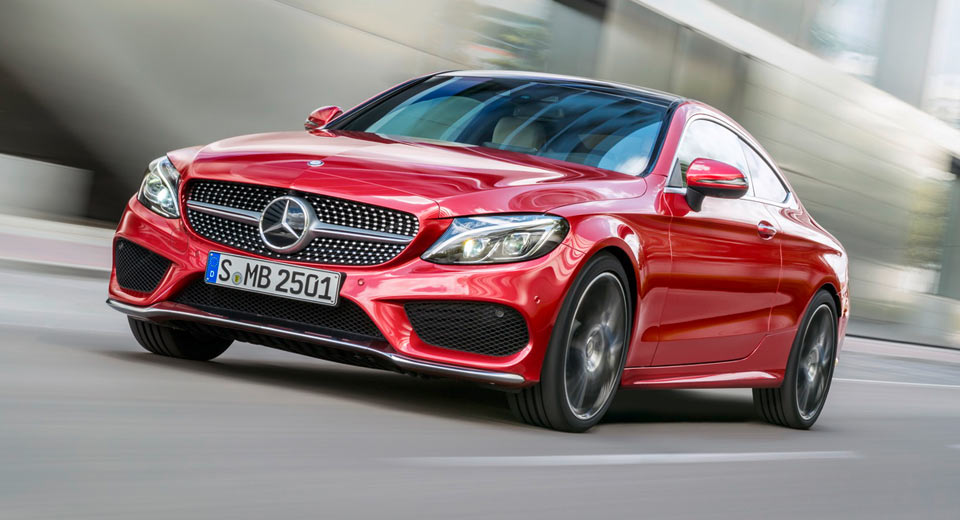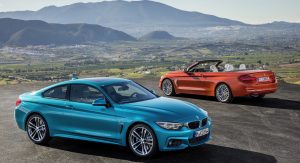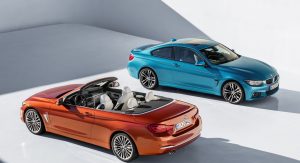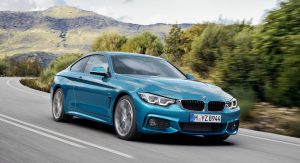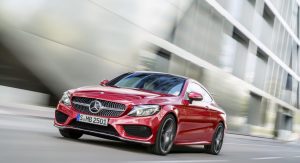Despite the best attempts of brands like BMW and Mercedes-Benz to capture increasingly large segments of the market, both are suffering from falling sales in the United States.
As we recently reported, sales of new cars and trucks fell by 3 per cent last month with end-of-year new vehicle sale predictions now sitting at 1 million units less than were sold in 2016. This comes despite many luxury automakers aggressively and relentlessly expanded their line-ups with an often confusing plethora of variants.
For example, the current BMW 3-Series is available in standard five-door sedan guise, as a Gran Turismo fastback, a wagon, diesel and plug-in hybrid and when adorned with the 4-Series badge, is offered as a convertible, two-door coupe and four-door coupe. Luxury automakers thought this would help increase sales but as both companies recently admitted, they have too many models.
Speaking to The New York Times, general manager at Dave Walter BMW in Ohio, Shujaat Siddiqui said “BMW’s goal was to increase market share but it’s turned out to be a little bit of cannibalization. BMW customers are just moving from one model to another,” and the company hasn’t been able to attract new buyers, he said.
Many premium automakers launched a selection of entry-level models in the United States a few years ago, including Cadillac with the ATS, BMW with the i3 and Mercedes-Benz’s sleek CLA. However, sales of all three are floundering and for both the CLA and ATS, are 37 per cent lower than they once were.
According to Edmunds senior analyst Jessica Caldwell “In some ways, their strategy has backfired on them. The idea of what makes a luxury brand has changed. A fast zero-to-60 time used to be important for any luxury car. But if you’re buying an all-wheel drive S.U.V., nobody really cares about that.”



